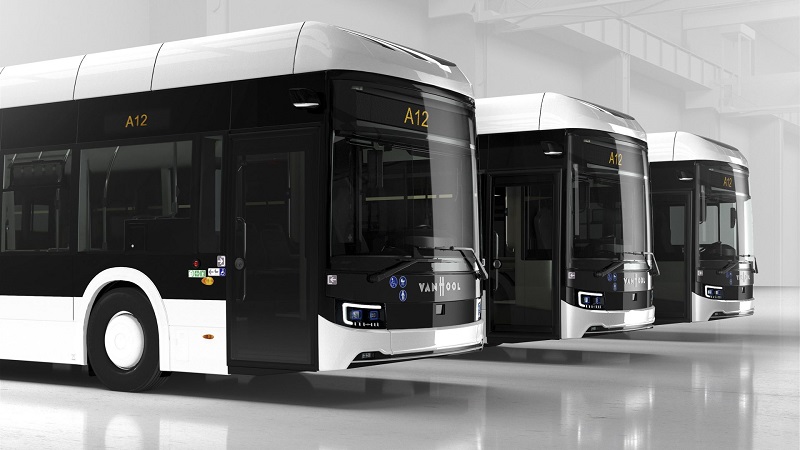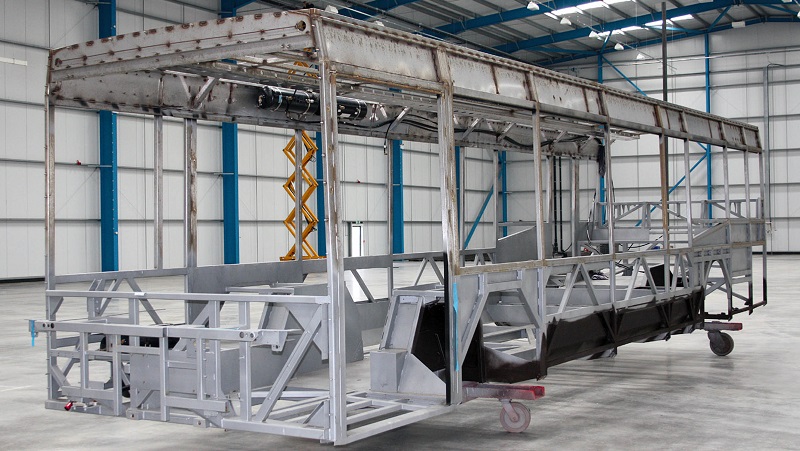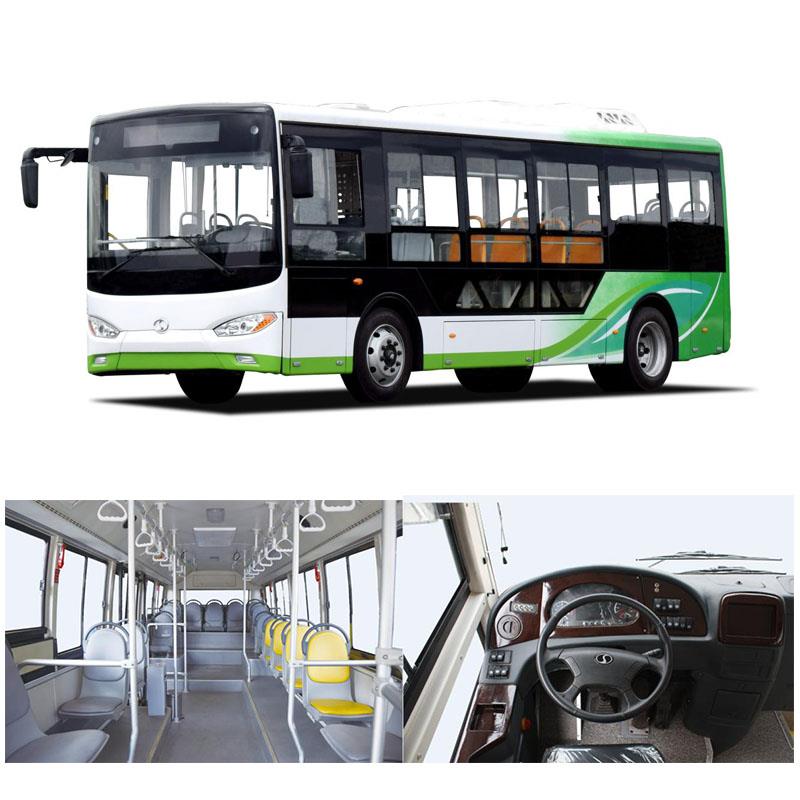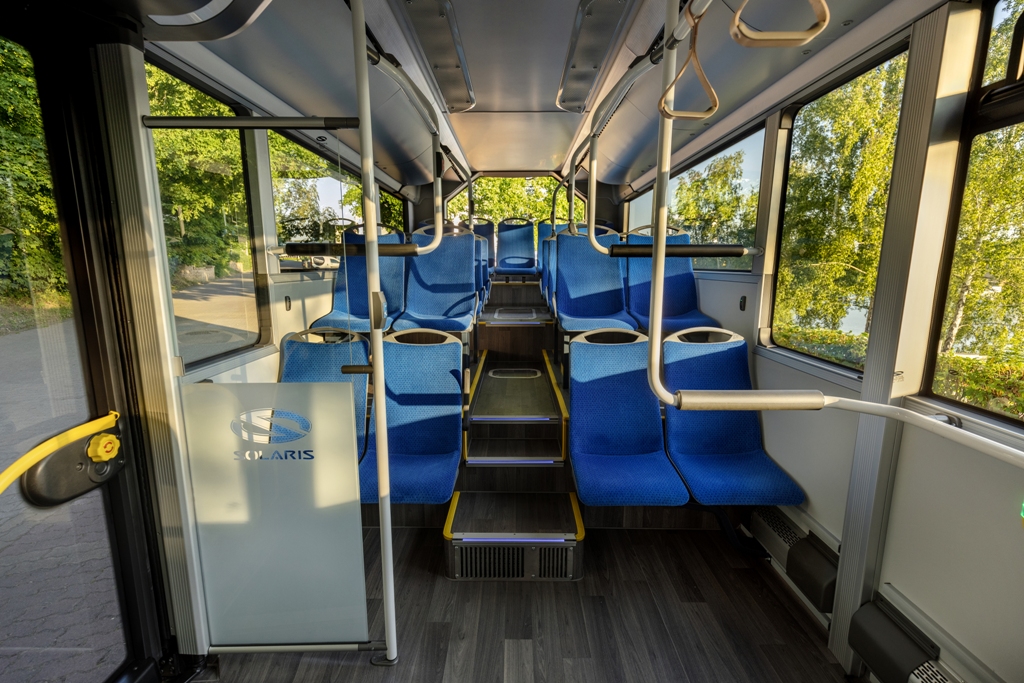
The biggest advantage of new energy pure electric bus is 0 pollution, 0 emission, stable operation, low noise, and better passenger experience. In addition to its own characteristics, such as corrosion resistance, high temperature oxidation resistance, cleanliness, high finish, and beautiful surface, stainless steel also performs very well in environmental protection, such as no odor, no release of harmful substances, durability, etc. So, what are the applications of stainless steel in transportation?

1. Stainless Steel in Bus Frame: 409L/3Cr12/304L are commonly used stainless steel.
It is especially light in weight, good in impact resistance, high in safety and reliability, and long in service life.
2. Stainless Steel in Exhaust System: 80% is ferritic stainless steel, 409L, 436l are commonly used stainless steel. Low cost, good oxidation resistance and thermal fatigue properties.

3. Stainless Steel for Fuel Tank: In addition to no risk of fuel leakage, it also has excellent corrosion resistance and good formability.
4. Stainless Steel Parts in Bus: Mainly stainless steel sealing rings, heat exchangers and fasteners.

5. Stainless Steel for Decoration:
Small cars: stainless steel fillets, antennas, wheel covers, etc;
Large passenger cars and vehicles: handrails, safety railings, and lifting rods.

In order to reduce the cost, the rear-view mirror mainly adopts SUS430J1 stainless steel, and the rear-view mirror of some luxury cars adopts SUS436J1 stainless steel; Most car wipers use SUS430, SUS304, SUS301, etc; The headlamp retainer adopts steel grades such as SUS430. Stainless steel is also used for safety devices on cars. For example, the safety belt tensioner adopts SUS301 stainless steel, the airbag sensor and booster pump mainly use SUS304 and SUS304L stainless steel, and the ABS induction ring adopts sus434, SUS444 and other steel grades.
Countertops made in stainless steel is a good choice for cabinets?
2022-01-06Oriented Silicon Steel and Non-oriented Silicon Steel
2025-10-13The future development trend of motor
2022-11-07With a Sales Scale of 1 Billion, SS304 has its own "High Definition Gene"!
2020-12-02Jiangsu Xiangshui Introduced Jinbaolai BSS Stainless Pipe Project
2020-12-01What are the advantages of stainless steel flower pots?
2022-08-16






